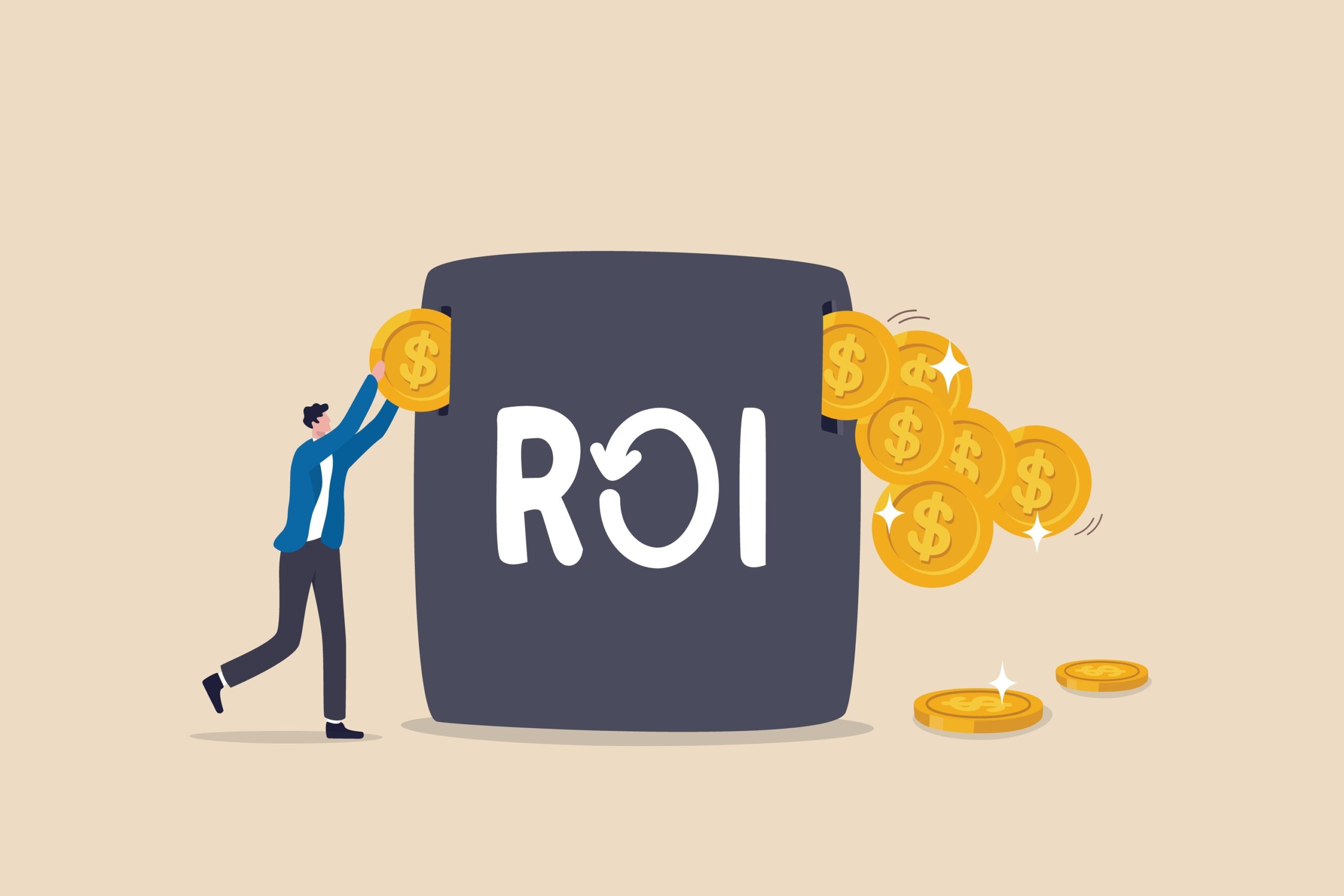Summary: Investing in The NASDAQ With QQC
Looking for an easy, low-cost way to invest in the tech-heavy Nasdaq-100 from Canada? The Invesco Nasdaq-100 Index ETF (TSX: QQC) trades in Canadian dollars, mirrors the U.S.-listed QQQ/QQQM basket of Apple, Microsoft, NVIDIA and 97 other leaders, and charges a lean 0.21% MER. Purchasing QQC gives you Nasdaq-100 growth with zero U.S.-dollar conversion costs, seamless CAD trading, and full RRSP/TFSA eligibility—making QQC the most convenient Nasdaq-100 ETF on the TSX.
What are Index Funds?
Before diving deeper into QQC as an investment, let’s go over the basics.
An index fund is a type of mutual fund or exchange traded fund (ETF) that aims to mirror a particular market. Index funds contain a tiny piece of all the companies included in a particular market index (e.g., S&P 500 or the Dow Jones Industrial Average).
Index funds offer a great vehicle to diversify your holdings, since it spreads out your money across many companies in an index. Instead of placing all your eggs in one basket (one security), you spread them out across multiple baskets.
For a deeper dive on index funds, check out this article: Index Funds 101.
What is the NASDAQ-100 Total Return Index?
The NASDAQ-100 Total Return Index represents the total returns of the NASDAQ-100 Index, which is comprised of 100 of the largest non-financial companies listed on the NASDAQ stock exchange. It’s a modified capitalization-weighted index, and its constituents span major industry groups including technology, telecommunications, biotechnology, media and services.
The Total Return Index differentiates itself by factoring in the reinvestment of dividends issued by the index components, offering a more accurate reflection of the actual performance that an investor would experience if they reinvested dividends.
QQC as an Investment – The Stats
When considering whether or not to invest in QQC, you’ll want to know its historical performance, dividend yield and, importantly, the management expense ratio (the fees that you’ll be paying). Here is a breakdown:
| QQC | |
| Management Expense Ratio | 0.21% |
| Dividend Yield | 0.47% |
| Performance Since Inception (June 16, 2011) | 16.93% (annualized rate of return) |
What About Currency Hedging?
When you purchase QQC, you’re purchasing an ETF that tracks the NASDAQ-100 Total Return Index denominated in Canadian dollars, while the underlying assets are priced in U.S. dollars. This means that the CAD-USD exchange rate can influence the value of your investment.
Not all ETFs are designed to protect against currency fluctuation. As a result, if the U.S. dollar strengthens against the Canadian dollar, the value of QQC measured in CAD could increase, and if the U.S. dollar weakens, the value could decrease. Therefore, fluctuations in the exchange rate can impact investment returns over time.
For those looking to mitigate this risk, a hedged version is available under the ticker symbol QQC.F. QQC.F employs currency hedging strategies to shield against the volatility of CAD-USD exchange rate changes. We’ve got an article coming that will dive into the differences between QQC and QQC.F, helping you understand how currency hedging might influence your investment decisions.
To review the full details of QQC from Invesco, click here.

